The Microscopic World of Soil
Farmers do everything; they are mechanics, botanists, naturalists, athletes and some even believe themselves to be meteorologists. In the age of the regenerative agriculture movement, farmers need to become biologists, or more specifically soil ecologists.
Soil ecology is the study of the seemingly limitless universe beneath our feet. In just a teaspoon of healthy soil, there are over 1 billion bacterial individuals and more than six miles of fungal mycelium. It would take seven years to recite the names of all the bacterial species in a compost pile.
A broad understanding of the soil ecosystem can change a farmer’s mindset. The most productive soil in the world from an old-growth forest actually contains far less plant-available nutrients than are recommended for agricultural soil. So how can “nutrient-deficient” soil – teeming with soil microbes – produce the largest plants on the planet?
Nutrients are released when microscopic predators consume bacteria. Nematodes, protozoa and microscopic insects “poop” out nutrients. Plant roots absorb those nutrients through a web of fungi. Fungal networks expand the reach of roots and create highways inside root hairs. As satisfied plants then release exudates (carbon-rich plant chemicals), which attract more bacteria and fungi, the cycle continues. Without these characters to play their parts, soil turns into lifeless dirt.
Conventional soil management has disrupted the soil ecosystem. Without microscopic predators, bacteria or fungi to assist plant roots, farmers are forced to overfeed plants with fertilizers. The excess nutrients that aren’t washed away are consumed by a monoculture of bacteria, reproducing rapidly and unchecked by predators. Without predators to consume bacteria, the soil ecosystem becomes unbalanced. The resulting population of disease-causing bacteria release greenhouse gases into the atmosphere.
Realistically, not all farmers have the time to study microscopy. Through the eyes of a microscope, a farmer can witness the soil ecosystem in action, but studying soil ecology doesn’t require a microscope. Diversity in critters — worms, ladybugs, roly-polies, etc. — is an indication of a balanced biology.
Understanding what healthy soil looks, feels and smells like can inform better practices. Undisturbed soil will evolve with its plant inhabitants. Rich brown, textured soil that smells like a forest will feed a vegetable plant on its own, without nutrient additives. A calculated “less is more” soil management approach gives our soil a chance to breathe.
Regenerative agriculture redefines the farmers’ relationship with nature. Humans’ senses have evolved with plants; for example, the smell of healthy soil triggers serotonin production in the human brain. Alternatively, our negative reaction to the putrid smell of greenhouse gases produced by harmful bacteria warns us of toxicity. These fine-tuned deep intuitions can become a regenerative farmer's almanac.
By working in tandem with natural soil ecosystems, farmers can reduce the labor and expenses of disruptive soil tillage and chemical fertilizer application. Soil naturally wants to grow plants. By accepting help from nature, farmers can grow healthier plants more efficiently.
This article first appeared in the May issue of Life on Capitol Hill. All photos: Rutger Myers
Soil under a microscope
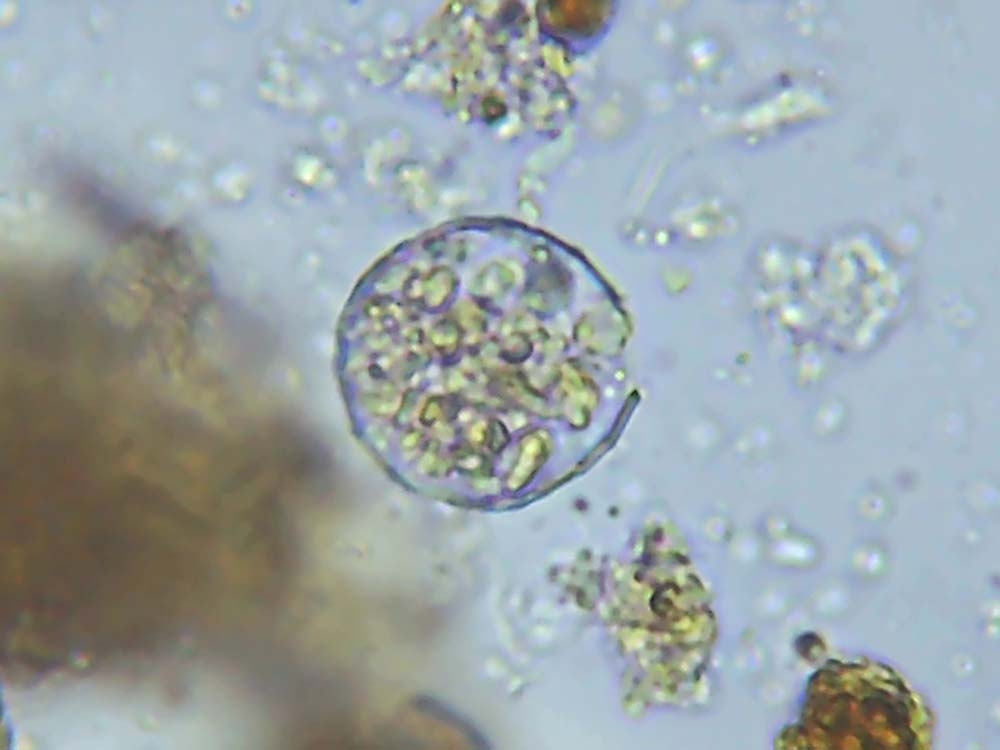
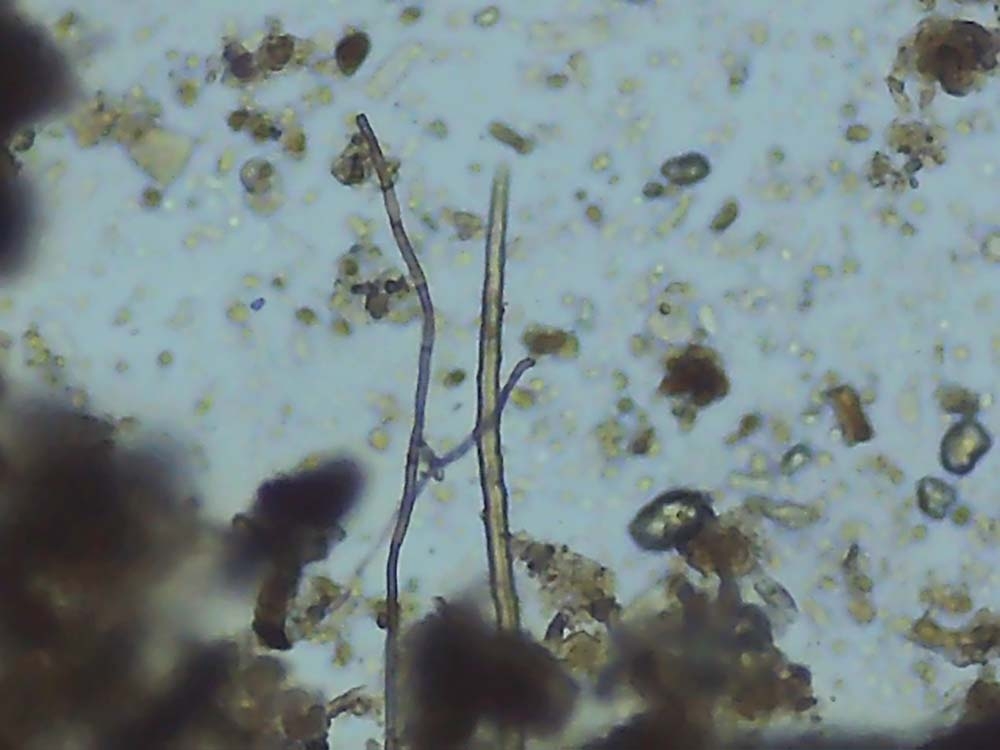
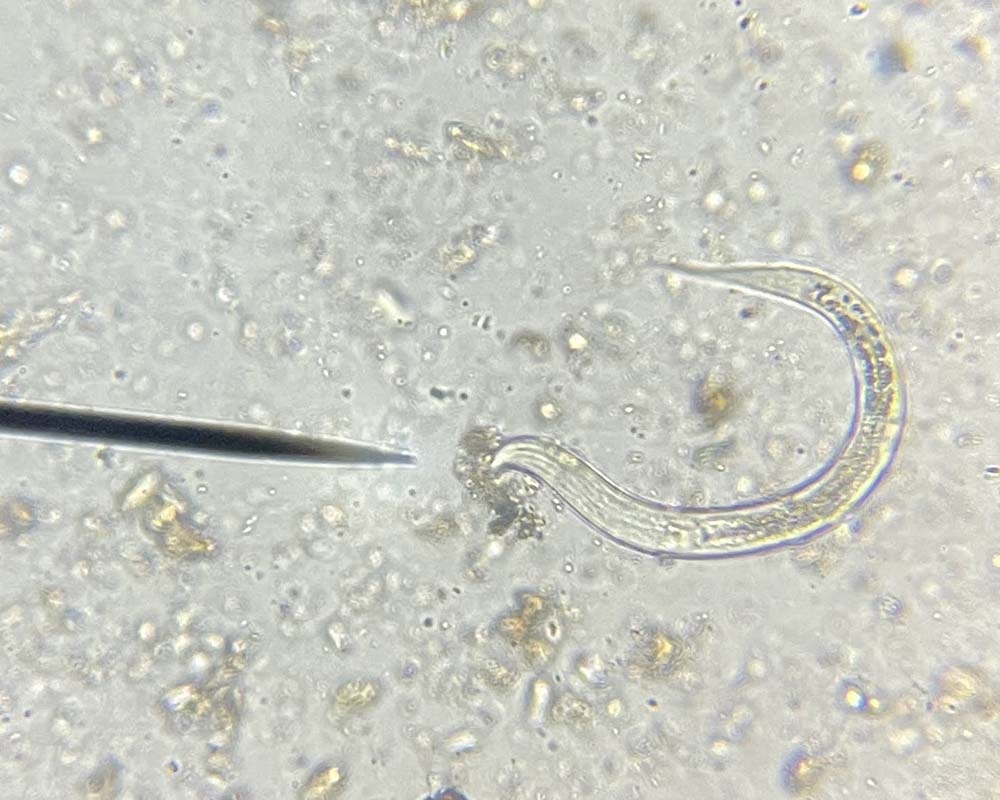
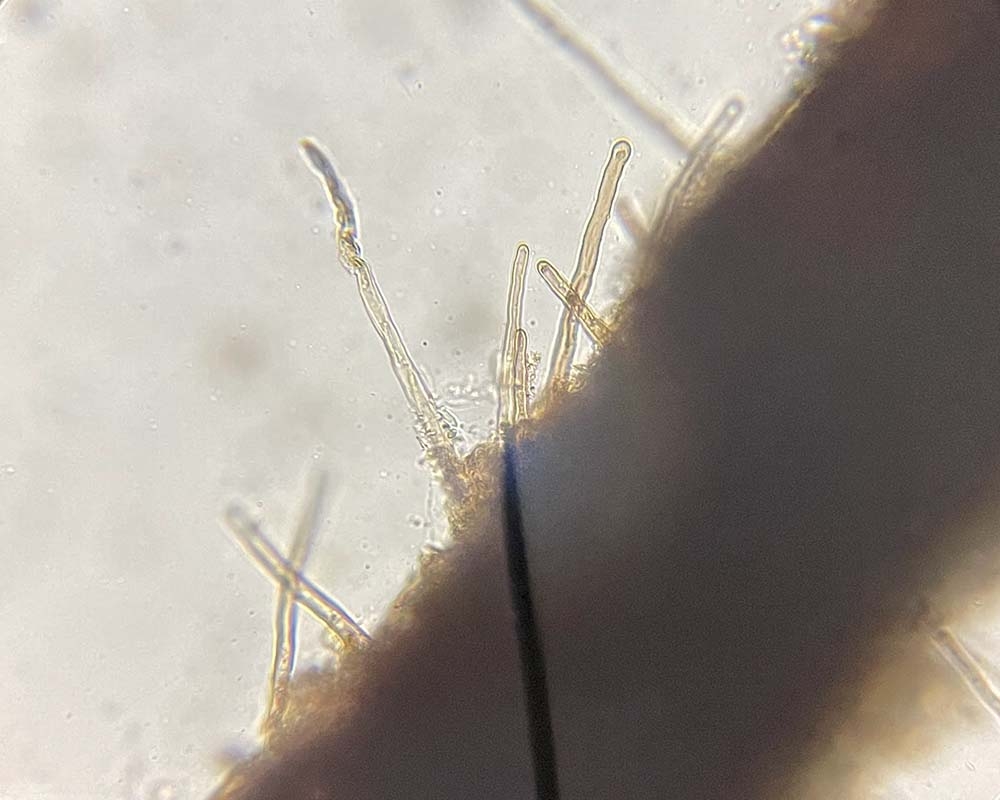
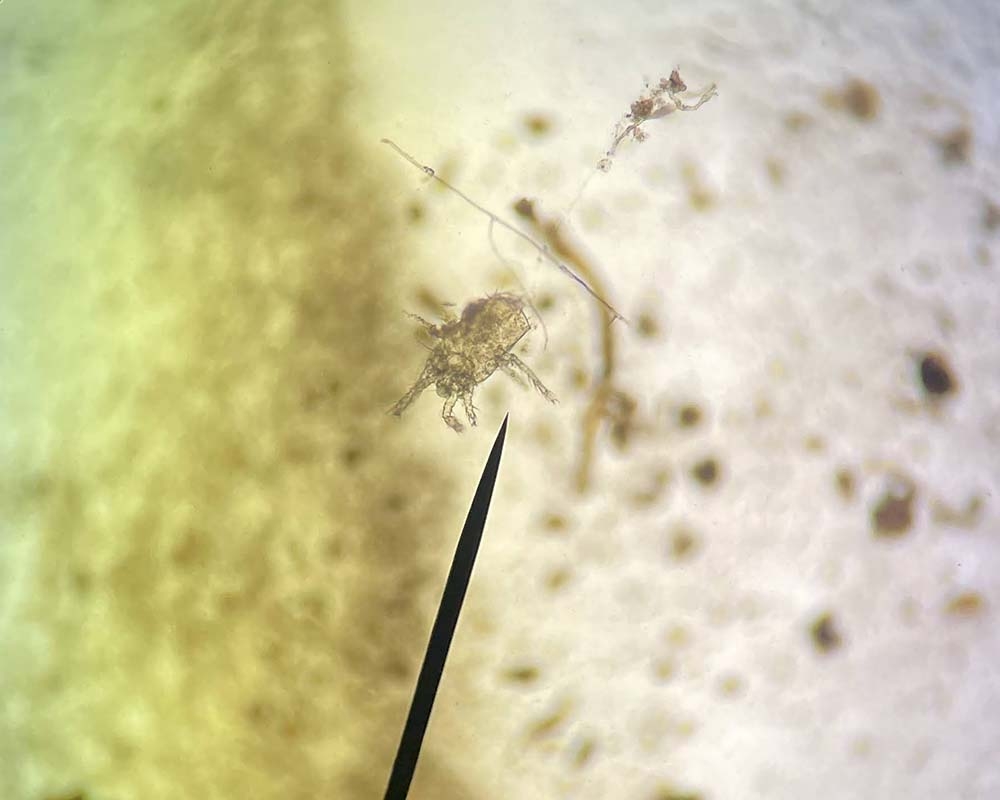
Add new comment